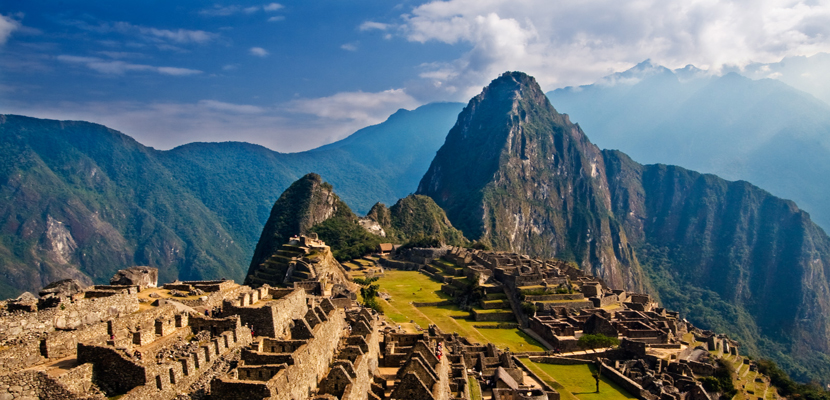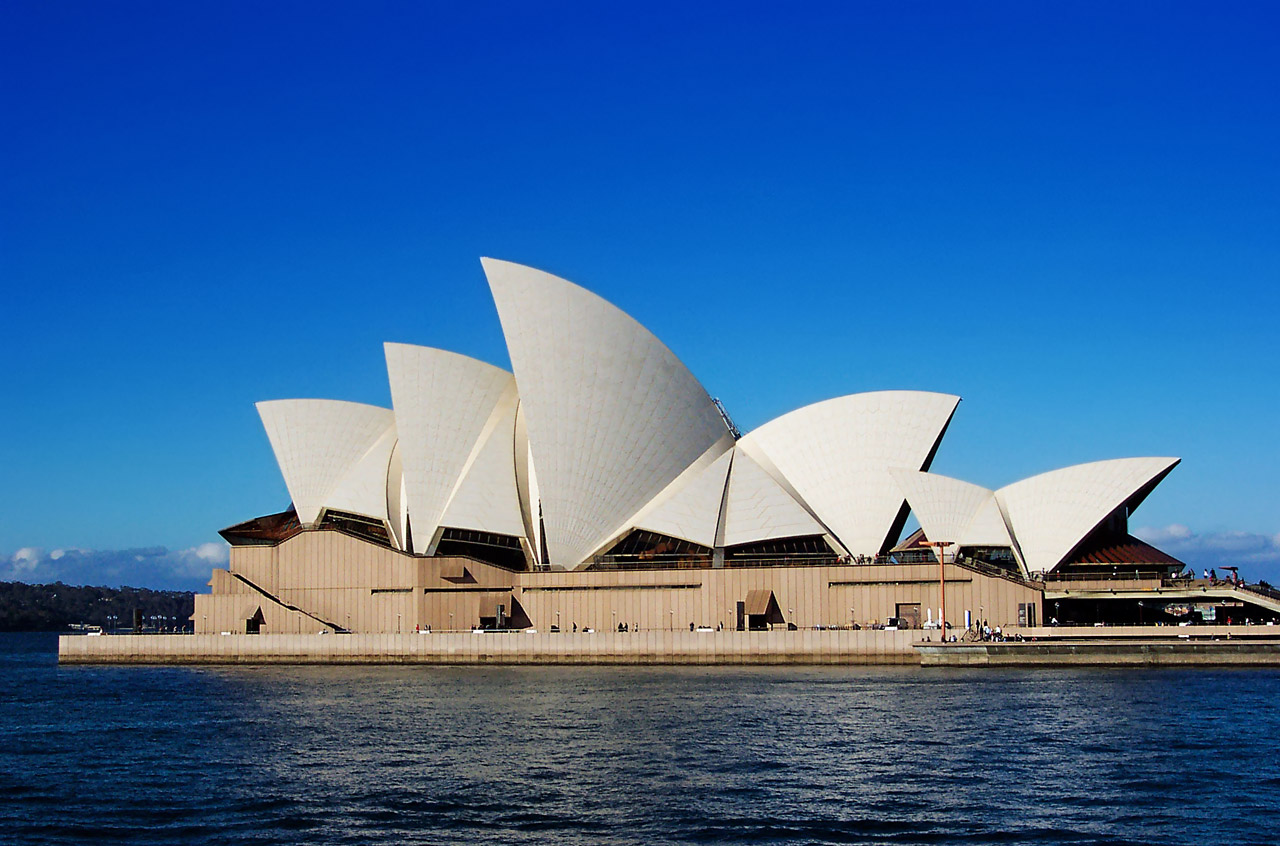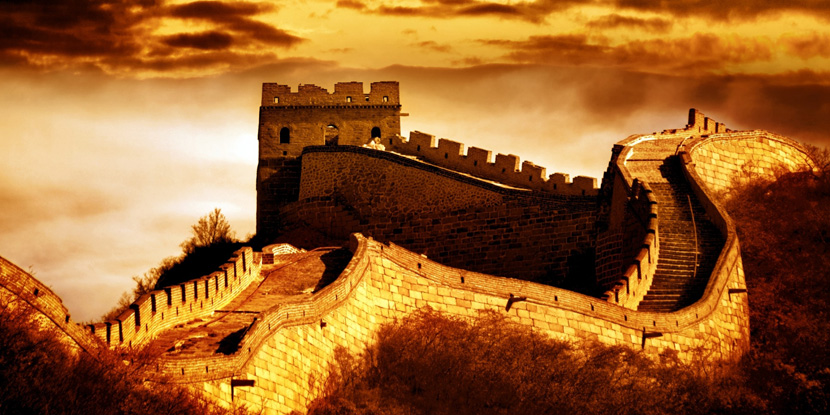
Many countries have that monument or heritage that represents it to the world. The same one that leads thousands of visitors to idealize places that always carry inordinate expectations. Between the most important monuments in the world Nuances and stories from the five continents slip in that make them perfect references to start that journey that we have been postponing for years.
Big Ben (UK)
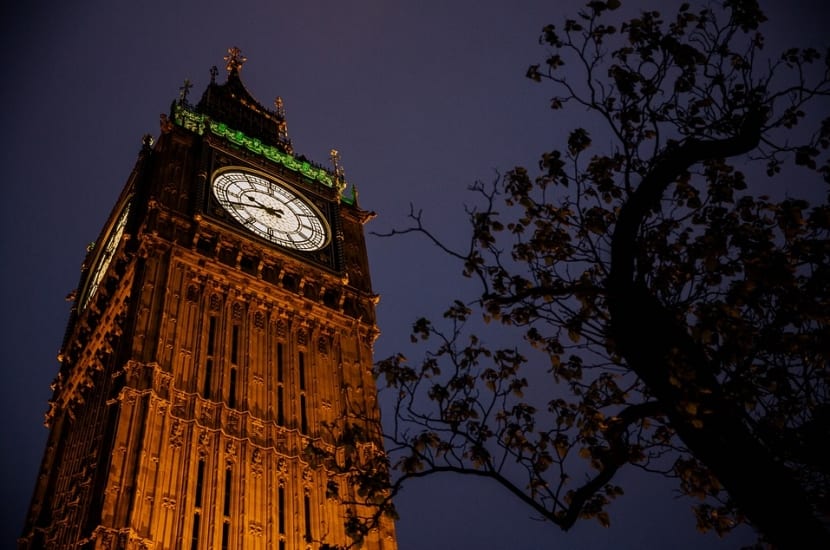
El Westminster Palace It was erected on the banks of the Thames River in the XNUMXth century along with the Parlament and its most famous extension: a 96-meter-high tower whose name, Big Ben, would refer to the famous clock that shines instead of the bell that many think. Considered an icon of the country of Keep calm. . . Big Ben owns the world's largest four-sided clock and his reference to the glorious Victorian era continues to evoke that England of red buses and afternoon tea.
Eiffel Tower (France)
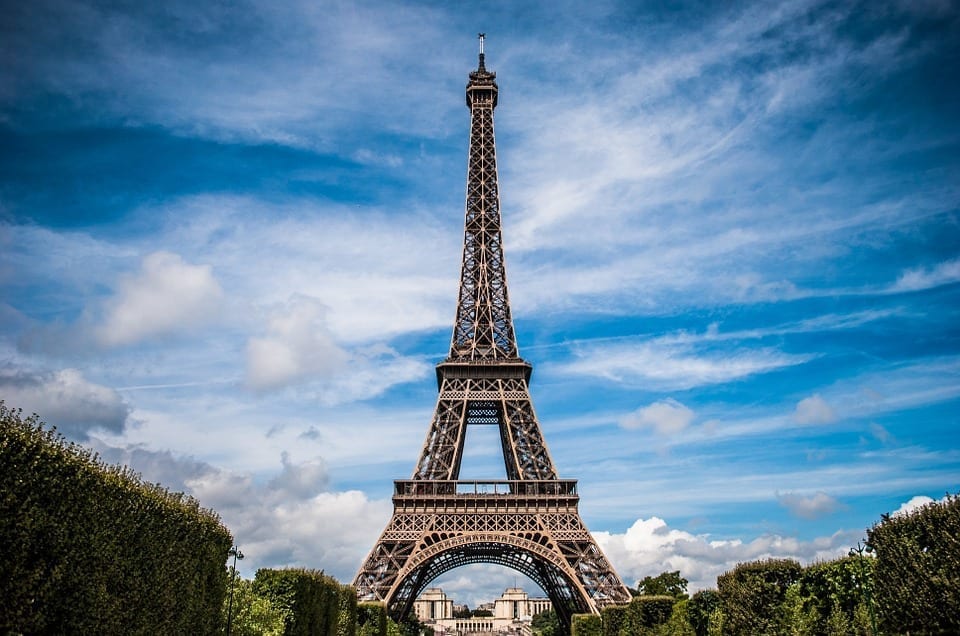
When the architect Gustave Eiffel completed a certain tower in the heart of Paris on the occasion of the Universal Exhibition in 1889Many called that heap of iron without personality an "aberration". However, time ended up giving the reason to Eiffel, who managed to rescue his creation from destruction by reinventing it as a radio station until, finally, the Eiffel Tower became the greatest icon of the City of Love.
Alhambra (Spain)
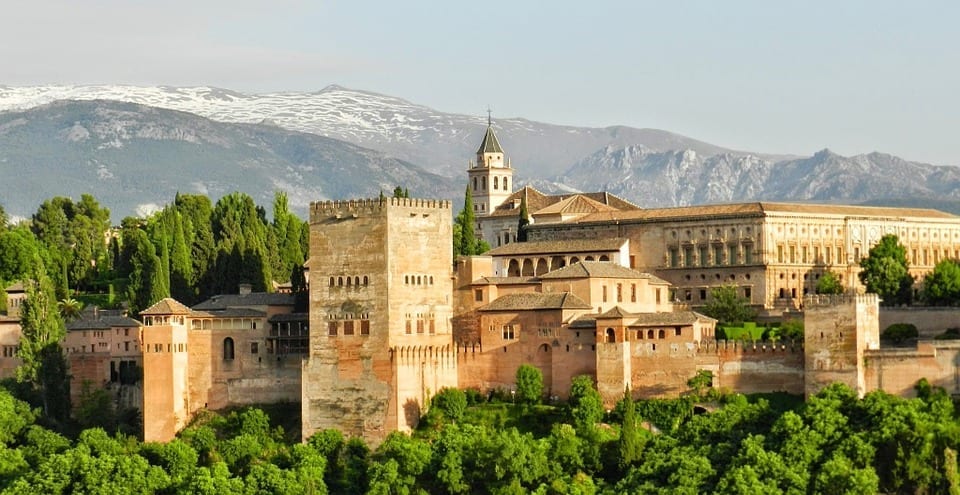
Considered for several years as the most visited place in Spain, the Alhambra in Granada is the perfect reflection of the Andalusian influence that dominated the south of the peninsula for almost 10 thousand years. Commissioned for construction in the XNUMXth century by Caliph Al-Ahmar, «La Roja», in reference to the hair color of its founder, is a set of fortresses, fortresses and palaces around a Medina that continues to sigh old legends from the top of the Cerro de la Sabika.
Colosseum (Rome)

In 80 AD a statue called the Colossus of Nero It served as the basis for building one of those famous scenarios in which the Roman Empire reveled in fighting between tigers and gladiators. For almost 500 years, the Colosseum in Rome became the most lavish symbol of an empire that passed to better glory, leaving behind what is one of the New Seven Wonders of the World Modern and that breathes, today more never, in the center of the Eternal City.
Pyramid of Giza (Egypt)
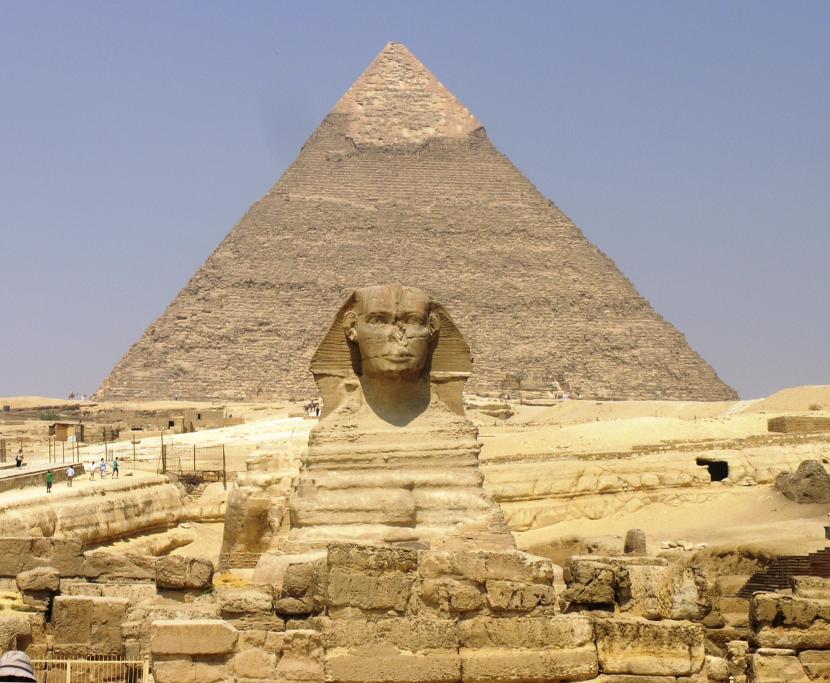
The only one of the Seven Wonders of the Ancient World that still survives it measures 146 meters and lies a few kilometers from the city of Cairo. Included within the complex of the Giza Necropolis where the famous also shines Sphinx, the Great Pyramid of Giza continues to be the greatest symbol of an Egyptian culture that turned its conical constructions into a motive for millenary theories among mummies, ghosts and astronomical readings.
Taj Mahal (India)
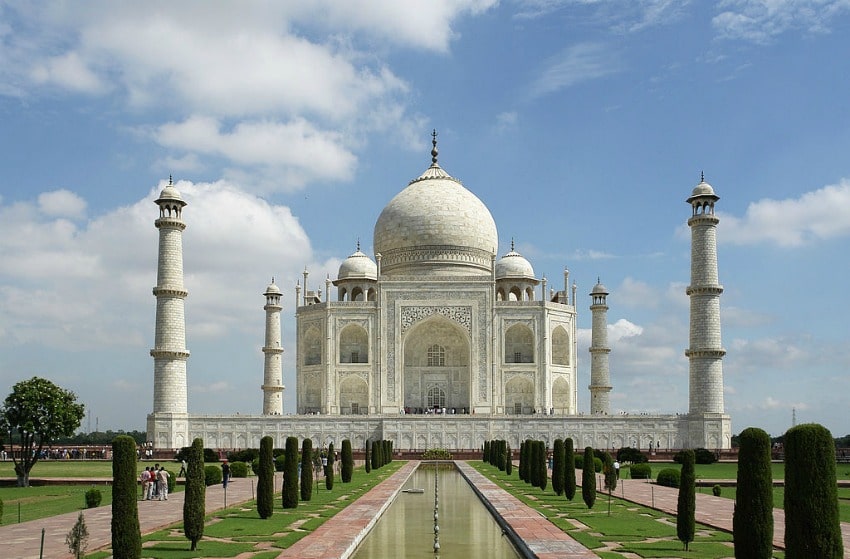
Mumtaz Mahah, wife of Prince Shah Jahan, died in 1632 after giving birth to their fourteenth child.. A loss that her husband tried to make up for by erecting the most beautiful mausoleum on the face of the Earth. After more than twenty years in which hundreds of artisans, elephants and architects worked on the monarch's dream, the Taj Mahal was finally inaugurated in the city of Agra resulting in the most idyllic image of that exotic and monumental India: that of dreamy domes, engravings in precious stones or any of the most beautiful sunsets. Certainly one of the most important monuments in the world.
The Great Wall of China)
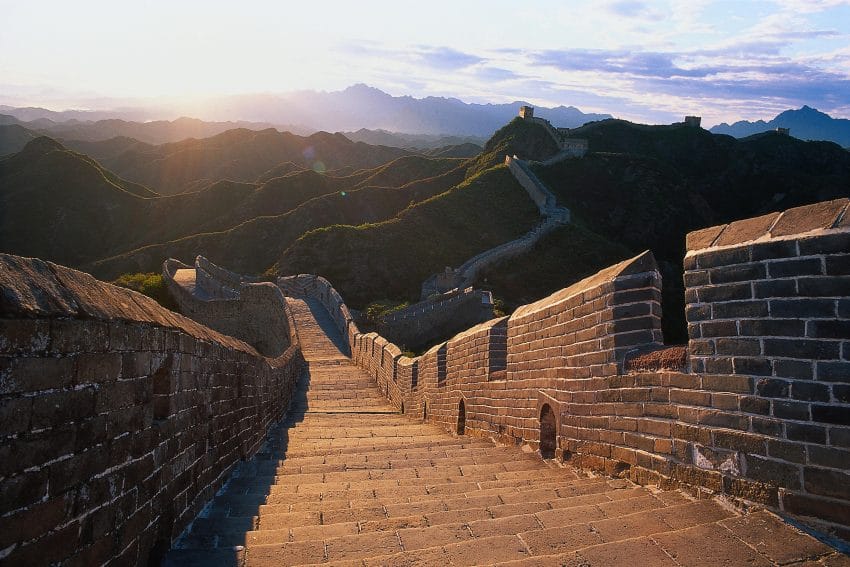
At the beginning of the XNUMXth century BC, the constant attacks by the nomadic tribes of Mongolia led the lavish Chinese Empire to build a fortification whose desire for improvement led her to reach up to 21.200 kilometers long between the Gobi desert to the border with Korea. Centuries later, the Great Wall continues to be the great icon of China, with several sections to discover from Beijing and its famous Juyong Pass.
Fushimi Inari-taisha (Japan)
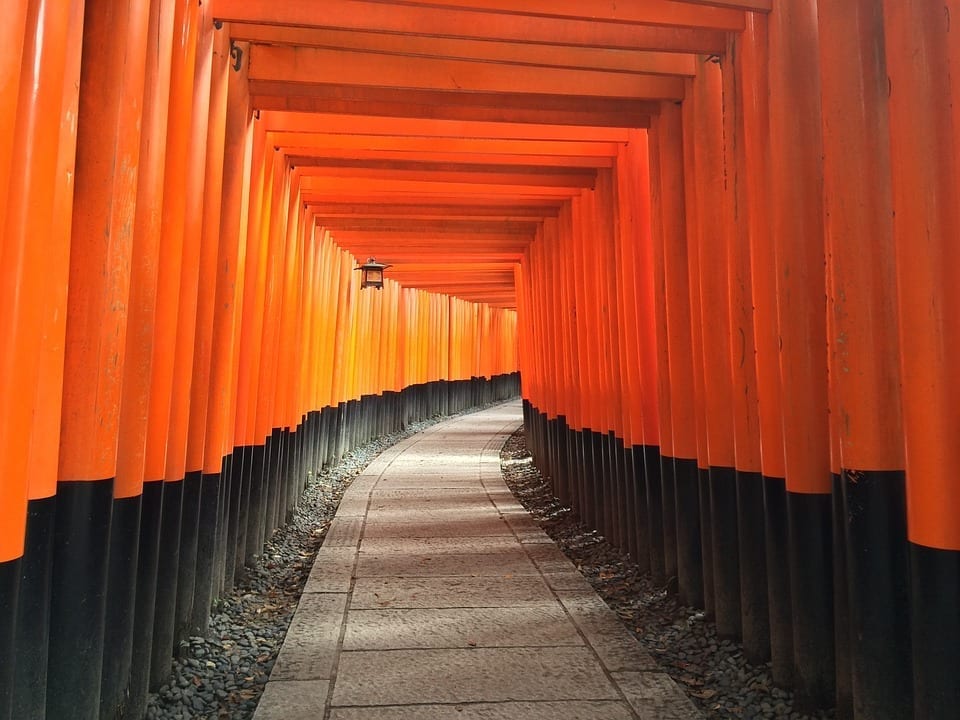
If you ever saw the movie Memoirs of a Geisha, surely you will remember that scene in which its young protagonist ran through the orange arches that make up one of the most famous temples in Japan, possibly the most. Built in 711 in honor of the spirit of Inari, god of rice and fertility, this temple with more than 32.000 toris It is located in the Fushimi-ku neighborhood, in the exotic city of Kyoto, inviting the visitor to run until they turn orange.
Statue of Liberty (United States)

In 1886, on the occasion of the first centennial of the Declaration of Independence of the United States, the French government decided to send to its friends on the other side of the Atlantic a statue that would be placed south of the New York island of Manhattan. The same that would forever change the lives and dreams of thousands of immigrants who years later would arrive in the "land of opportunities", evoking in this monument the culmination of a long journey. An icon, without a doubt.
Chichen Itza (Mexico)
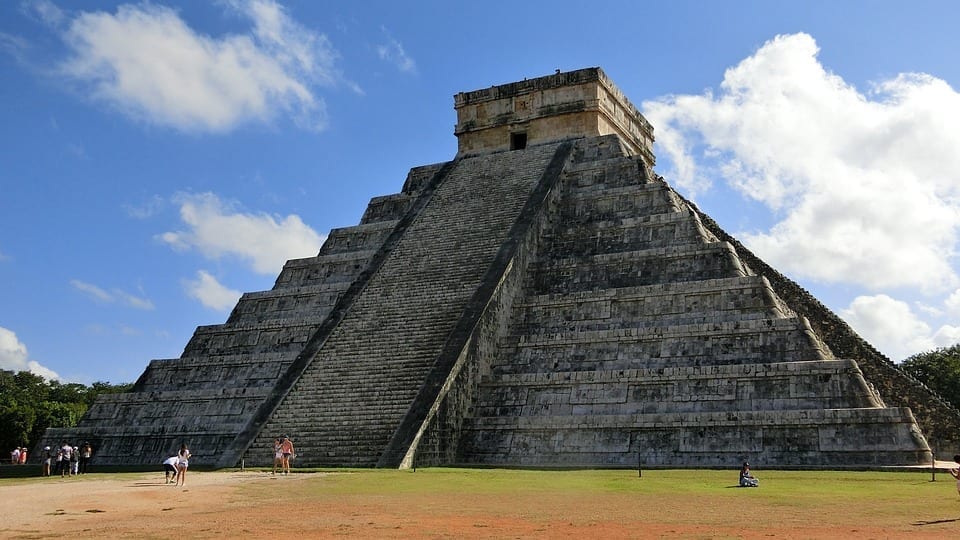
In the middle of the jungle of the Yucatan peninsula, in the Mexican Caribbean, an archaeological site continues to evoke the rituals and ceremonies that the mayans, among other pre-Hispanic peoples, fostered in this place for several years. Pyramids overshadowed by the sun, the moon, the wind and many other natural messages interpreted by a culture ahead of its time.
Machu Picchu, Peru)
In South America there are many heritages, but few can be measured with the majesty of the famous Inca city raised in honor of the Sun god sometime before the XNUMXth century. Rescued from oblivion at the beginning of the XNUMXth century, Machu Picchu it is located 2430 meters high in the Cusco region, being the famous Inca Trail the best prelude to this set of pre-Columbian constructions whose image between mountains and clouds is a reason for travel for thousands of backpackers annually.
Sydney Opera House (Australia)
Leaning out a Sydney harbor crossed by its famous bridge and the epicenter of every New Year's Eve fireworks, the Sydney Opera House continues to be the most representative monument in kangaroo country. Inaugurated in 1973 under a shell-shaped design, this building brings together different ballet and theater shows, invigorating the cultural life of a city that, at some point or another, always ends up succumbing to one of the most famous sights in the world.
Which of the most important monuments in the world do you prefer?
